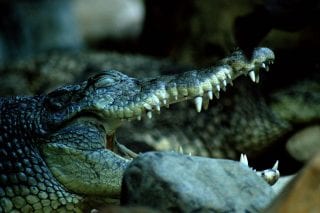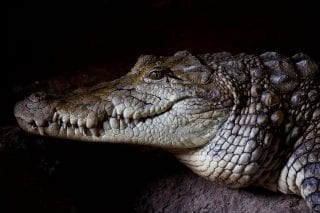Fun Facts
Teeth
Crocodiles go through thousands of teeth in their lifetime. If they lose a tooth, it is replaced very quickly with a new one.
Sweat
Crocodiles do not have sweat glands. Instead, they release heat through their mouths, which is why they are often seen basking with their jaws open.
New discovery
Back in 2014, Dublin Zoo discovered that the two crocodiles here, which were originally thought to be Nile crocodiles, were actually West African crocodiles. The discovery was made when Zurich Zoo DNA-tested their Nile crocodiles (who have the same parents as the crocodiles at Dublin Zoo) and the results showed they were, in fact, West African.
Male or female
The sex of a crocodile is determined by the temperature the eggs are incubated at. Depending on the species, the eggs being kept at different temperatures will result in males or females being born. This is called temperature-dependent sex determination.


